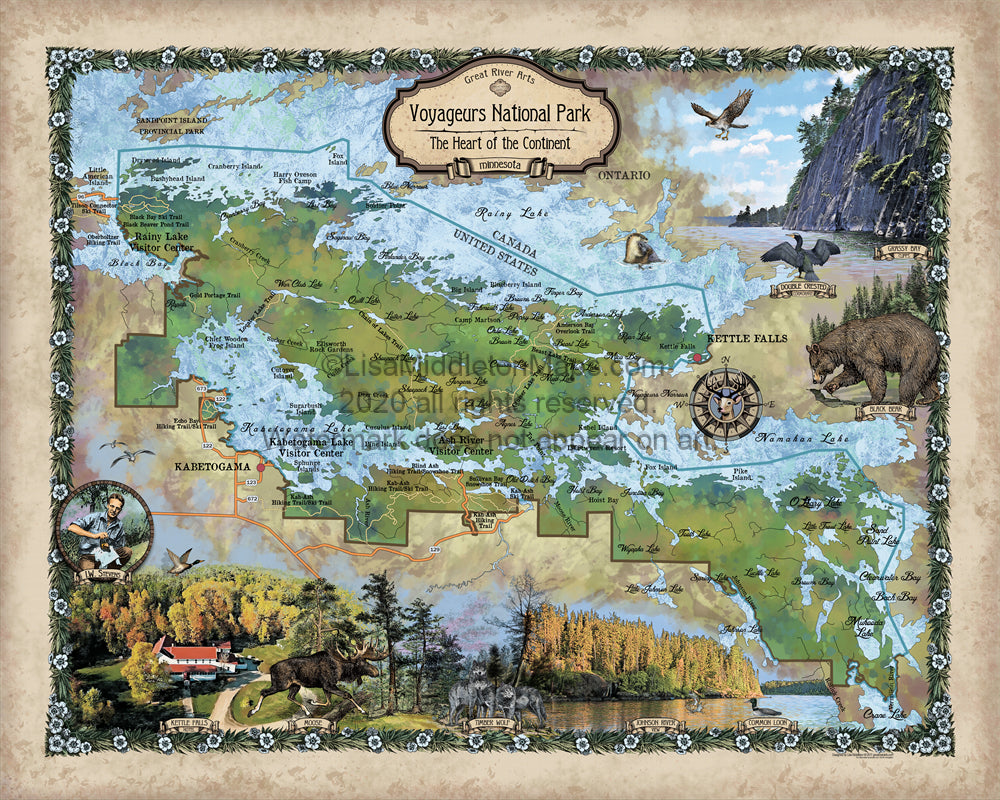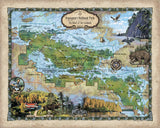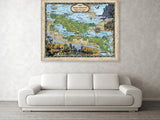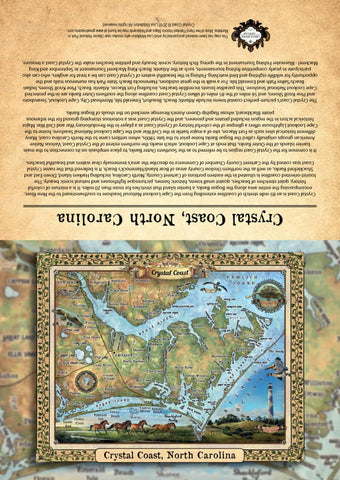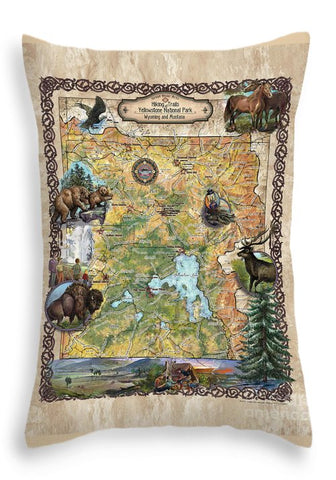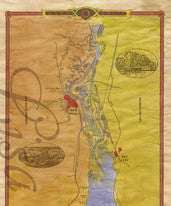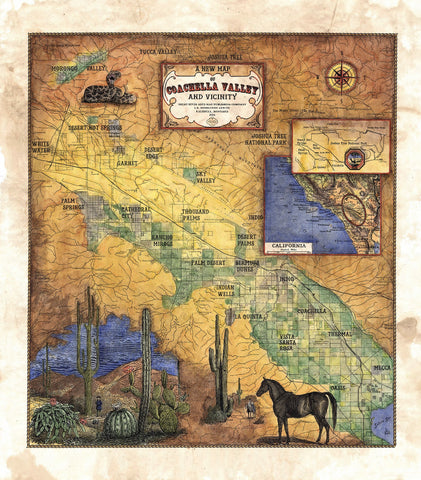257 Custom map of Voyageurs National Park designed by Lisa Middleton
With rocks as half as old as time, sights and sounds that excites and calms, and a weave of breathtaking water routes, Voyageurs National Park is Minnesota’s only national park. It is situated on the international border between Canada and the United States. This water-based park is named in honor of the French Canadian voyageurs who paddled its waters participating in the fur trade in the late 18th and early 19th centuries. Voyageurs National Park covers 218,054 acres, miles of undeveloped shoreline, and more than 900 islands. There are 84,000 acres of water, which consists of 30 lakes, with Rainy Lake, Kabetogama Lake, Namakan Lake and Sand Pointis Lake as the four largest of all the lakes.
It is believed that the first native inhabitants in the region were the Cree, Assiniboine, Monsoni peoples. During the time of early European exploration and settlement in the late 1680s, the region was an important location for fur traders, most notably Jacques de Noyon. By 1780, the Ojibwe peoples were the primary settlers on the U.S/Canadian border. On April 8, 1975, Voyageurs National Park was officially established by the Secretary of the Interior for the purpose of preservation, inspiration, and enjoyment of future generations. Voyageurs National Park is known for housing some of the world’s oldest exposed rocks. Thanks to glacial movement stemming from the last Ice Age, the beautiful lakes, meandering rivers, and vast lush forest of the Voyageurs National Park were formed.
The park features a mix of both the southern boreal forest and the northern hardwood forest, which makes for a diversity of plant and animal life. Different species of trees and shrubs, ferns and mosses, grasses, sedges, rushes, and wildflowers all grow in the park. White and red pine, black spruce, fir, aspen, birch, jack pine, and red maple are some of the plants present in the park. Bearberries, blueberries, raspberries, chokecherries, and strawberries can also be found in particular seasons.
A unique array of wildlife comes with the Voyageurs National Park, including moose, deer, timber wolves, otters, beavers, muskrats, and black bears. It is also an important bird habitat that shelters loons, bald eagles, warblers, double-crested cormorant, and owls.
A wealth of family-friendly activities can be enjoyed in the park. An exploration of the park’s waters can lead to kayaking, boating, fishing, sailing, and swimming. Wintertime activities such as snowshoeing, cross-country skiing, snowmobiling, and ice fishing makes for an inviting winter wonderland in the park.
All sizes are approximate.
We Also Recommend

